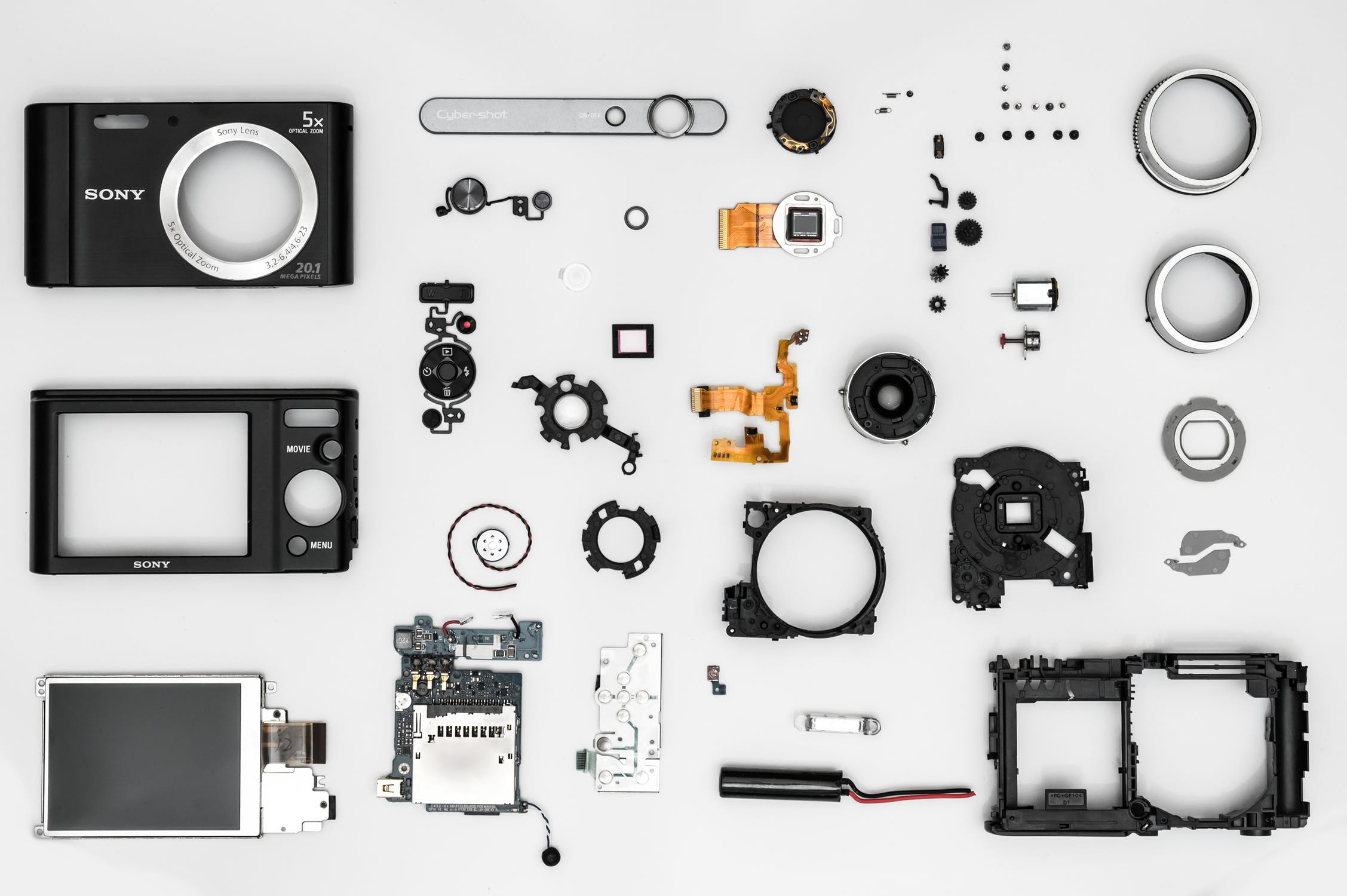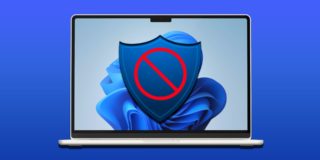5 Differences Between Used And Refurbished

Buying refurbished tech is an excellent way to get a great bargain on the technology you need to use for work or play – but what exactly does it mean to say that something is refurbished? Does it mean the same thing as “used”? Actually, no. There are a number of significant differences between a refurbished item and a used one. A refurbished item is a product that the manufacturer (or sometimes a third party) has restored to new or like-new condition.
Difference 1: Warranty
Refurbished items generally come with a warranty, just like a new product from the same manufacturer. Occasionally you will see a used item offered with a warranty, but not often.
Difference 2: Physical condition
A refurbished item is supposed to look just like a new item, and they generally do. The process of refurbishing a tech product usually involves the replacement of things, such as the chassis, faceplates, buttons/knobs, and so on. A used item has had nothing changed on it. It is the same as when it was new, with whatever wear or damage has accumulated over its lifetime.
Difference 3: Vendor
It is rare that an OEM will sell used products. The closest they usually come is to sell items that are “off-lease,” meaning a corporate customer leased a ton of the whatever-it-is from the OEM, sent them back when the lease expired, and now the OEM is reselling the items. This is not done very often because if the items are too old (and therefore cannot be supported directly,) the OEM won’t bother reselling them and instead find other means of liquidating that inventory. OEMs do, however, sell refurbished items.
If you are buying a used item, it is almost certainly coming from a third-party vendor or a private party. Some unscrupulous vendors will sell used items as refurbished when in fact they’re not.
The general rule of thumb is that if you purchase a refurbished item direct from an OEM or a large, reputable third-party vendor (like NewEgg or TigerDirect,) it is truly refurbished. With smaller vendors you risk receiving used goods. This is especially true if a vendor is selling something labeled as refurbished but there is no warranty, or if the item is being sold “as-is.”
Difference 4: Age of item
As noted in #3 above, an item that is too old to be supported will not generally be refurbished at all. The OEM will instead find a way to liquidate the inventory. If a particular item is still available from the OEM as new, you may find legitimate refurbished versions of it, warranty and all.
If on the other hand the item is discontinued but is no longer available as new, what you will usually find are used versions of that item with no warranty.
The easiest way to check if something is discontinued or not is to go to the OEM’s web site. If you see the item still sold as new, it’s obviously not discontinued. If it’s vanished, then it’s probably discontinued. Some OEMs are consumer-friendly enough to tell you this up front and give you a complete list of what’s discontinued. Others don’t do this, so you’ll have to go look item-by-item and see for yourself.
Special note on this: There is a period of time right after an item is discontinued where it “rides the fence” for a few months or even a few years and may still be supported by the OEM, but after that it goes into used-only territory. This all depends on how the OEM handles discontinued product support for newly discontinued items, as well as on the industry. Software is often supported for longer than other products.
Difference 5: Support
This directly relates to #3 and #4 above. Current-model items from the OEM are supported and therefore are available as refurbs. These refurb items have support, so if you run into an issue with the product, you can call the OEM for help.
Used items have third-party-only support or no support at all. Once you buy it, you’re on your own.
Are refurb items better now compared to in previous years?
Yes. When refurbished items first appeared years ago they were often pretty crappy. This soured a lot of people on the idea of buying anything other than new, and to some extent is responsible for the belief that used = refurbished.
Today OEMs understand that there is legitimate profit to be made by selling refurbished items. As such, refurbished products now are a whole lot better than they used to be. These items are good enough that the manufacturer can offer the same warranty as you would get with a new product. OEMs are not in the business of giving out charity warranties; if they warranty a product, it means that their data show the product is reliable.
Refurbished products are a great way to save lots of money on your tech needs without compromising on quality or value. If the refurbished item has all the features you want, comes with everything the same new product would, and is supported by the OEM (which it is,) you can buy with confidence. There are some product families where the product has a certain lifespan which can’t be extended no matter what you do to the components (hard drives, for example), and for those products a refurbished or recertified item might not make sense, but you have to look at the individual situation. (If you only need the hard drive to last a year, and it’s 90% less than the new version…)
Most of the time the refurbished items you buy will serve you just as well as new products would.

















10 thoughts on “5 Differences Between Used And Refurbished”
I could go on and on but it would take forever and I think you see the pattern between them. In conclusion, certain things are really good when refurbished. I don’t know if that is necessarily due to the contents of the hardware or who does the refurbishing of that particular item. But what you really need to do is read reviews first. If there is no reviews because it’s fresh to the market, maybe don’t chance it and just buy the new version it or something similar. Like I said, this is all from my personal experience that I go by so I hope that it helps someone else in making choices in the future.
P.S. Sorry this is so long!
If money is not your concern buy new. Yes, we have to make sure that before buying parts Do check the year and physical condition of the goods.
Even though it may still have a warranty, sometimes getting a manufacturer to honor a warranty can be a hassle not to mention dealing with the shipping and the time waiting for the replacement to arrive. It may be worth the extra money for new just because of the increased potential hassle factor of buying refurbished.
Just not worth the risk, IMO, if you can afford new.
did u read the the last article… GOSH1